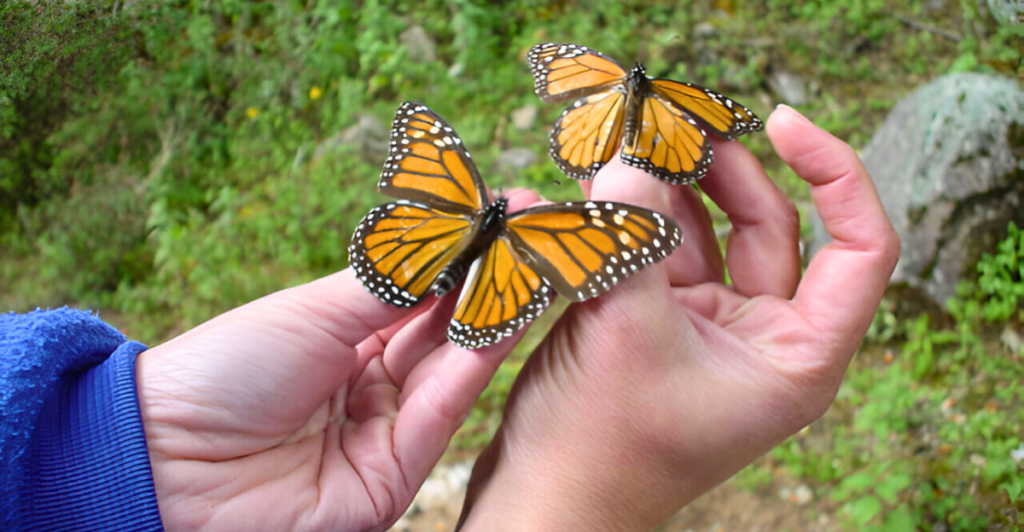
Monarch butterflies are remarkable creatures well-known for their enormous migration patterns across North America each year. However, their numbers have steadily declined in the past few years due to habitat destruction, climate change, and agricultural practices.
A Remarkable Increase In Their Numbers
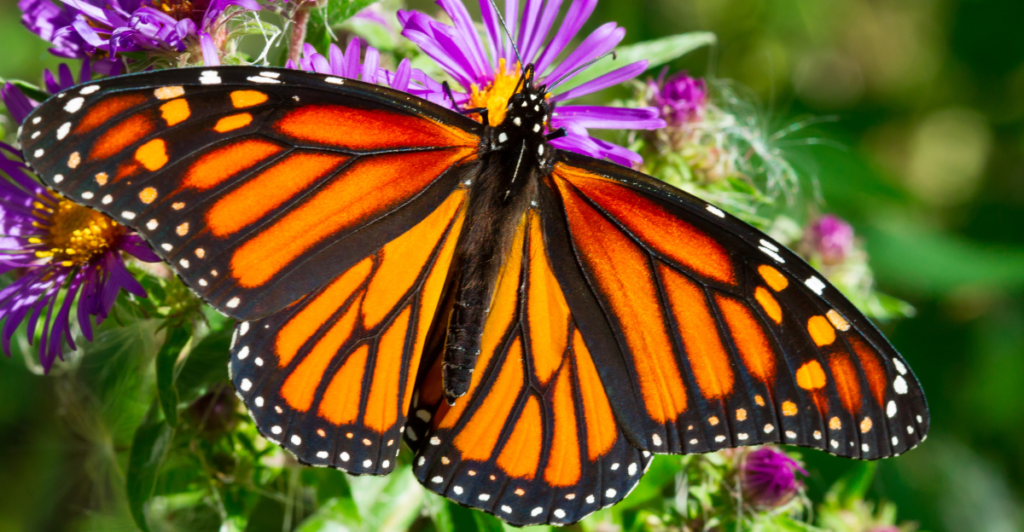
The eastern monarch butterfly population has seen a remarkable rebound in 2025, nearly doubling compared to the previous year. According to a recent survey, the butterflies occupied 4.42 acres of forest in Mexico during their winter hibernation season, up from just 2.22 acres the prior year.
This remarkable increase in population is due to improved weather conditions along their migratory route and enhanced conservation efforts in Mexico, including reduced forest degradation in critical habitats. While this growth offers hope for the species, experts caution that monarch populations remain far below historical averages.
The Role of Improved Weather Conditions
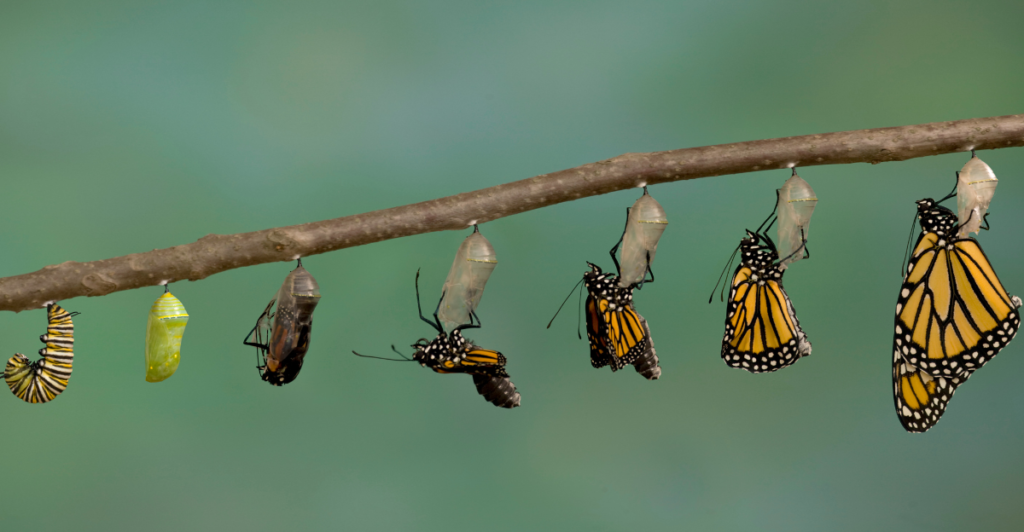
Scientists attribute much of this growth to favorable climatic patterns in 2024, including reduced drought severity along their migratory route from Canada and the United States to Mexico. Monarchs are highly sensitive to environmental cues, such as temperature, which influence their reproduction, migration, and hibernation cycles.
The less extreme weather allowed milkweed, their essential host plant, to thrive, providing better breeding grounds for the butterflies. This change in weather has been great for these butterflies and their ever-growing population, which is still far under what it should be.
Controversial Border Policies and Habitat Protection
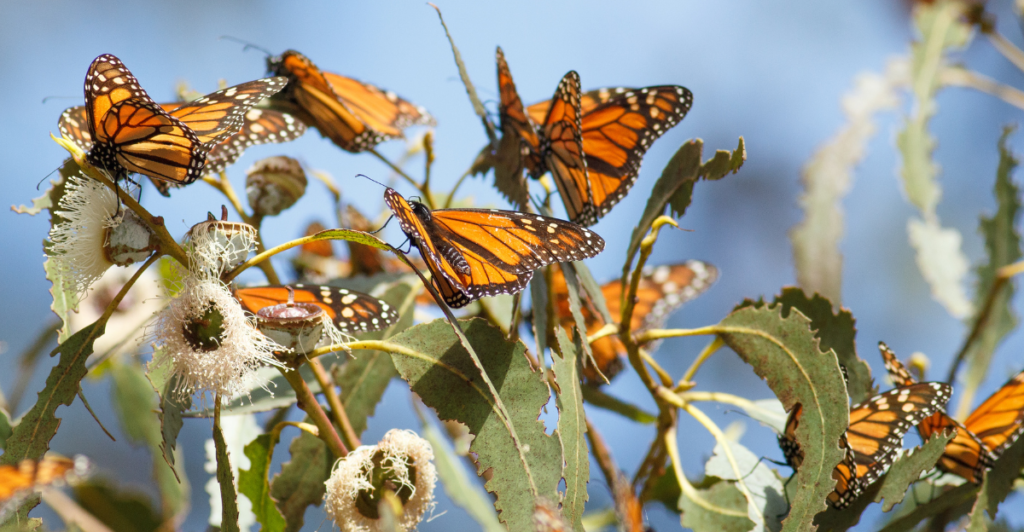
Controversial border policies have unexpectedly contributed to monarch butterfly habitat protection, which has been great for their rising numbers. Enhanced enforcement measures along the U.S.-Mexico border have indirectly reduced human activity in key migratory and overwintering areas, allowing critical habitats to recover.
In Mexico, conservation efforts within the Monarch Butterfly Biosphere Reserve have also benefited from stricter forest protection measures, leading to a 10% decrease in forest degradation between 2023 and 2024. While these policies have sparked debate over their broader societal impacts, their unintended ecological benefits show how valuable people can be when severely intervening in protecting these creatures.
The Importance of Local Communities
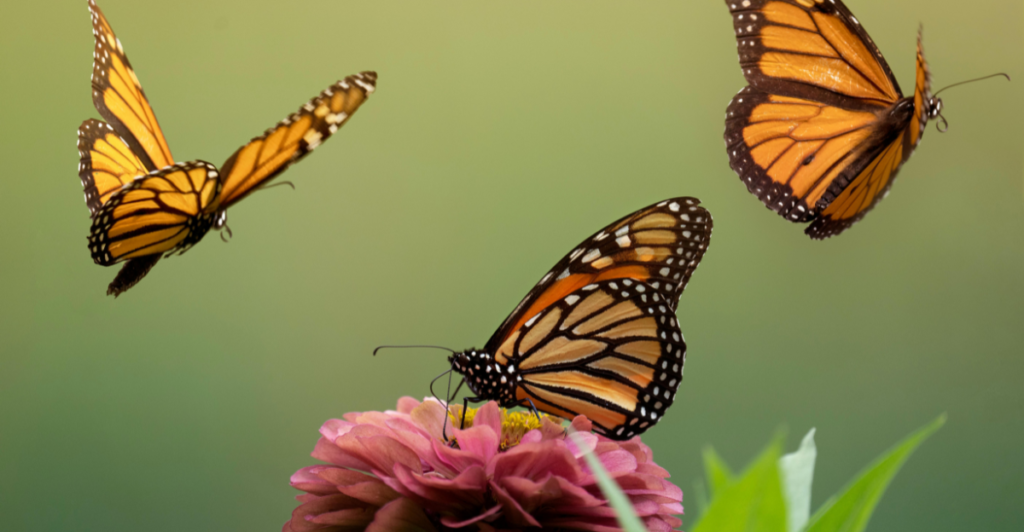
When conserving Monarch Butterflies, communities play a big role in keeping them safe. In Mexico, much of the Monarch Butterfly Biosphere Reserve is communally owned by ejidos, indigenous groups, and small property owners who rely on the forest for their livelihoods.
Conservation initiatives, such as those supported by WWF, have empowered these communities by providing alternative income sources like sustainable mushroom farming and tree nurseries and offering economic incentives for reducing illegal logging.
Programs like the Mayors’ Monarch Pledge in North America further engage local governments and citizens in creating urban habitats and raising awareness about monarch conservation.
Challenges Beyond Borders
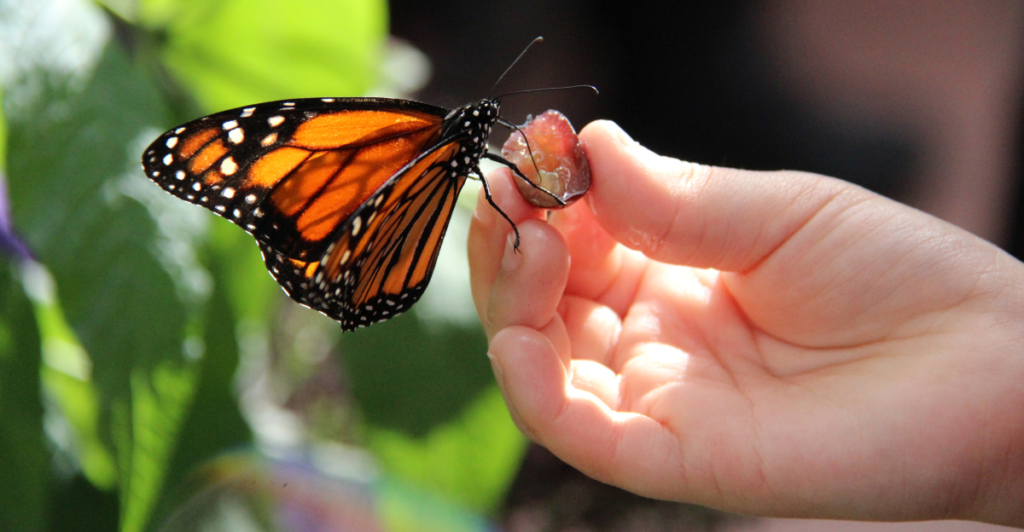
These controversial border policies might have helped these butterflies see remarkable growth in their population, but outside of these areas, environmental challenges are still a problem. Habitat destruction remains a critical issue, driven by deforestation in Mexico and urban development across North America. Pesticide use, particularly herbicides that eliminate milkweed, devastates breeding grounds.
Climate change exacerbates their vulnerability, with extreme weather events disrupting migration and hibernation patterns. These threats show how urgent human intervention is needed to prevent these little critters from disappearing forever.
Balancing Conservation with Human Needs

There is a delicate balance between providing animals with the habitat they need and keeping resources available for them in the ecosystem. The forests in Mexico, essential for butterflies’ overwintering, are also vital resources for local communities struggling with poverty and unemployment.
To address this, initiatives like the Monarch Butterfly Conservation Fund provide economic incentives to reduce illegal logging while supporting sustainable livelihoods through ventures such as mushroom farming and tree nurseries.
In urban areas across North America, programs encourage habitat creation in gardens and public spaces, integrating conservation into daily life.
The Annual Monarch Migration
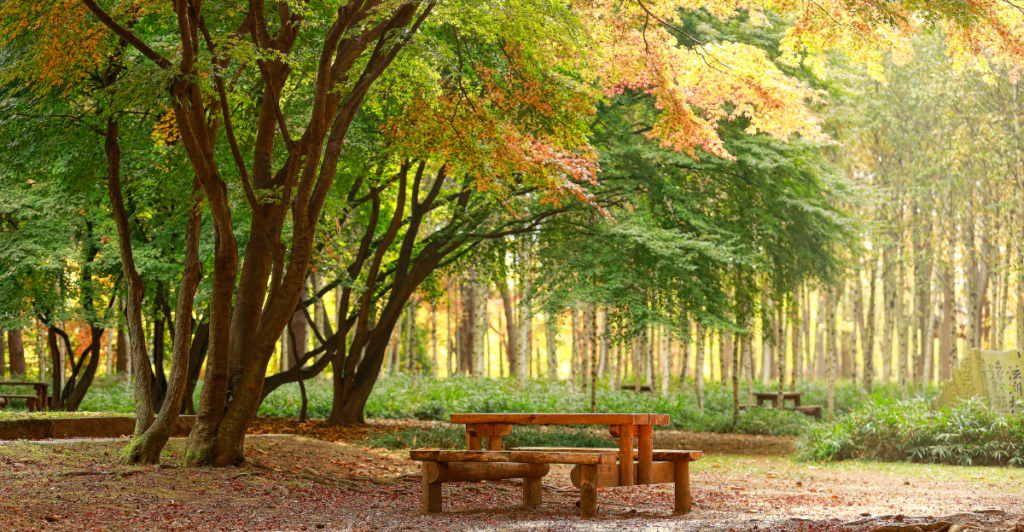
This is one of the most remarkable migrations, as they take 2,800 miles from Canada and the U.S. to Mexico’s forests annually. Each autumn, eastern monarchs travel from southern Canada and the northern United States to overwintering sites in central Mexico, clustering on oyamel fir trees in volcanic mountain forests.
Western populations similarly migrate to coastal California. The journey is guided by environmental sensory cues, such as sunlight angles and temperature changes, which trigger their movement southward. In spring, the butterflies return north in a multi-generational relay, with each generation advancing the migration until reaching their breeding grounds.
Symbolism at the Border
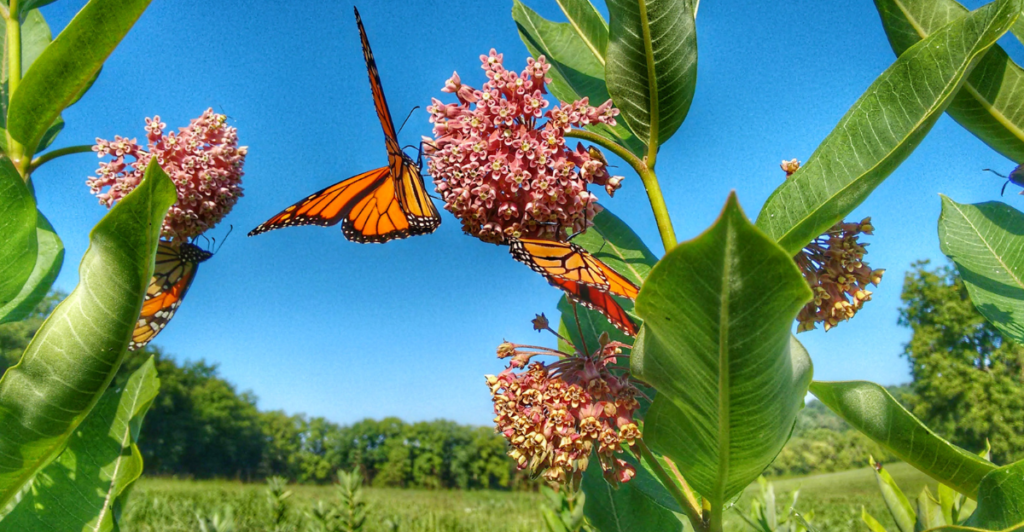
These little creatures are essential at the U.S.-Mexico border, representing ecological resilience and human migration. Their journey across thousands of miles, unimpeded by borders, mirrors the struggles and aspirations of migrants seeking freedom and opportunity.
Activists have embraced the monarch as a powerful emblem of justice, often using butterfly imagery in protests to advocate for immigrant rights. The monarch’s arrival in Mexico coincides with Día de Muertos, where it is believed to carry the souls of ancestors, further deepening its cultural significance.
Sustaining Their Recovery

Sustaining the recovery of monarch butterfly populations requires a multifaceted approach that addresses both immediate threats and long-term resilience. Key strategies include restoring milkweed habitats across their migratory corridors, as milkweed is essential for breeding and larval development.
Conservationists are also focusing on creating urban habitats, engaging communities through programs like the National Wildlife Federation’s Garden for Wildlife initiative, and fostering diverse arthropod communities to improve the survival rates of early generations.
International collaboration is vital, as monarchs traverse multiple countries during their migration. Efforts like the Mid-America Monarch Conservation Strategy aim to unite stakeholders across borders to ensure habitat connectivity and mitigate challenges like pesticide use and climate change impacts.
Explore more of our trending stories and hit Follow to keep them coming to your feed!

Don’t miss out on more stories like this! Hit the Follow button at the top of this article to stay updated with the latest news. Share your thoughts in the comments—we’d love to hear from you!







